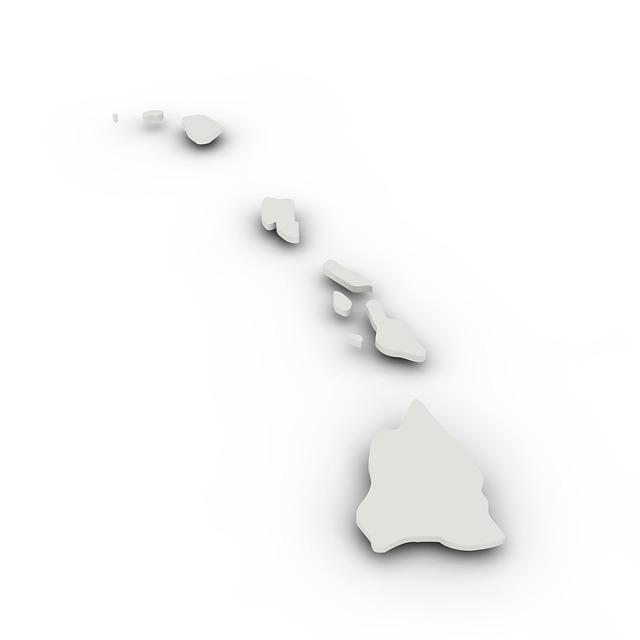The second-largest Hawaiian Island of Maui has seen two confirmed rat lungworm cases, according to a local media report.

In addition, state health officials report two non-resident cases with a history of travel to Maui and four other possible cases being investigated.
Angiostrongyliasis is an infection caused by the rat lungworm, Angiostrongylus cantonensis. This is aparasitic infection in rats where it matures. Mollusks like snails and slugs pick up Angiostrongylus larvae by ingesting them in rat feces.
Infection with this parasite occurs by accidentally or intentionally ingesting raw snails and slugs. Lettuce and other leafy vegetables may also be a source if contaminated by small mollusks. Eating raw or undercooked prawns and crabs that have ingested mollusks may also be a source of infection.
Angiostrongylus cantonensis infection is usually asymptomatic or mildly symptomatic. Symptoms usually appear in 1-3 weeks. The most serious disease is eosinophilic meningitis. The symptoms can include headache, stiff neck, tingling or painful feelings in the skin, low-grade fever, nausea, and vomiting.Symptoms may last for weeks to months. The spinal fluid exhibits eosinophilia of over 20%. Deaths are rarely reported.
Prevention of this nematode is by not eating raw or undercooked snails or slugs, cook crabs and prawns to kill the larvae and thoroughly clean lettuce and other produce.
The report notes: Until March, most of the cases in Hawaiʻi were reported on Hawaiʻi Island. The legislature finds that the department of health has reported over 70 cases of rat lungworm disease caused by Angiostrongylus cantonensis from 2001 to 2014.

